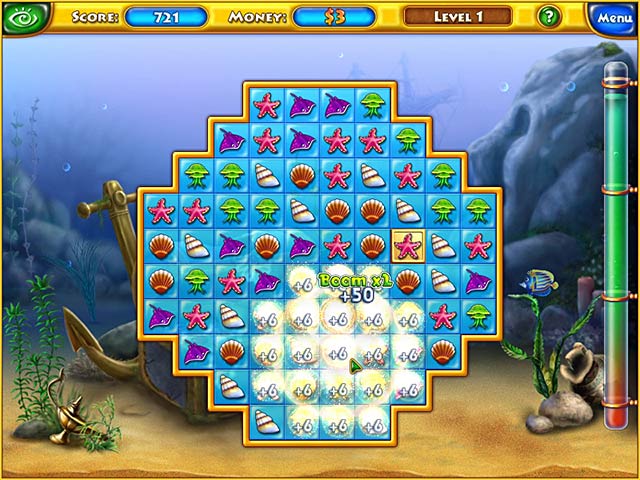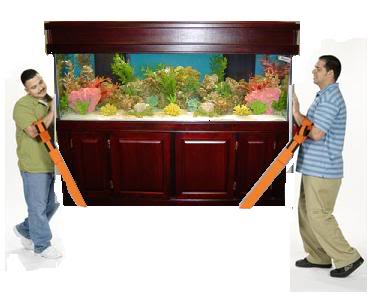
You can gradually replace the water from your new source after you move in. Put the water in 1- to 5-gallon buckets so you can refill the aquarium at your new home. Most fish can go a week without food and be fine.ĭon’t throw out the unused aquarium water. You want to have their water as clean as possible, so don’t feed them during the trip. Stop feeding your fish about two days before the move. You can also get a battery powered air pump to oxygenate the water. The fish will need the rest for air.ĭuring the trip, open the container a few times a day to refresh the air supply.

Fill the container about half full with the aquarium water. Take the water from the top, never from the bottom as it could bring up contaminates. Plastic buckets or containers may not be good for long moves because they could leech toxins.ĭo not put fresh water into the container always use water directly from the fish’s aquarium. Some people use plastic containers, which is be fine for shorter moves.

You may want to place one trash bag into another to make the liner even stronger. This will protect the fish in case the carrier is damaged. Line the fish transport box or Styrofoam cooler with a plastic trash bag, making sure that it is tight in the corners. Discuss your move with a local aquarium expert regarding mixing the types of fish you have. Next to water, overcrowding is the next biggest issue that can affect your fish. Make sure to get enough containers to fit the number of fish you need to move. You can also use the inexpensive Styrofoam ice chests. Most experts will recommend using a box with a Styrofoam liner that should be available at your aquarium store. Well, there are a few other considerations, but the water is certainly the most important. When moving with fresh or saltwater fish, it’s all about the water.


 0 kommentar(er)
0 kommentar(er)
